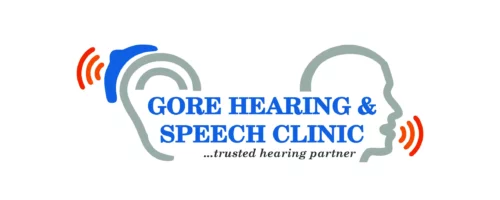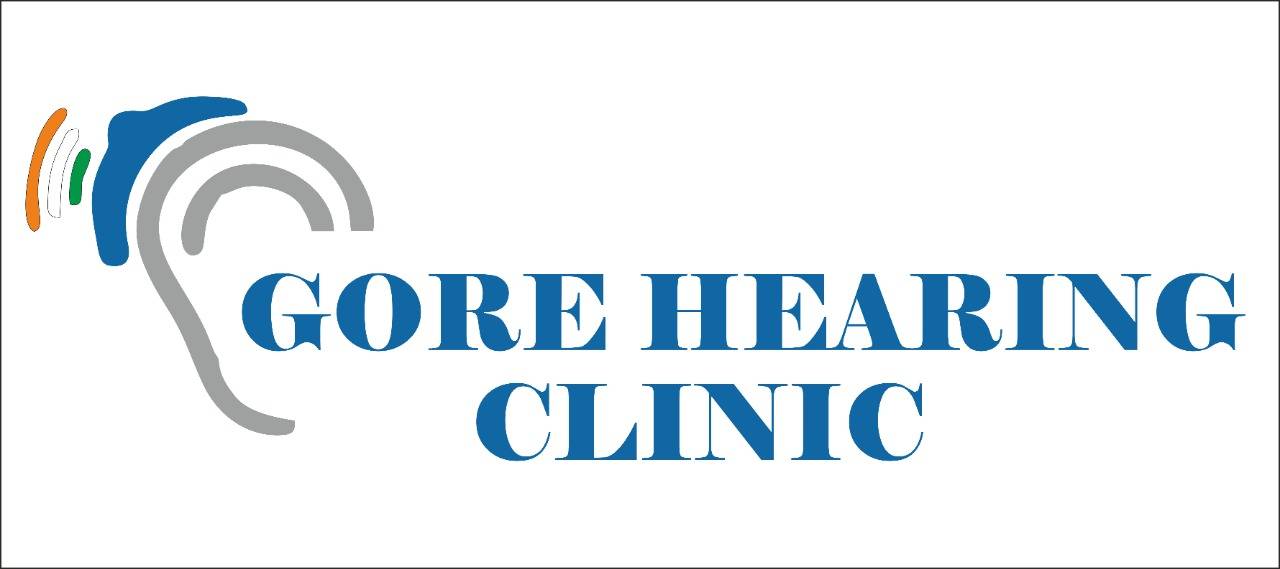Behind-the-Ear vs In-The-Ear: Perhaps you’ve considered purchasing a hearing aid, but you’re concerned about how it will appear or whether it would actually be helpful.
Knowing more about: Could solve some of your worries.
- Your possible hearing aid options
- What to search for when purchasing hearing aids
- The best way to adapt to a hearing aid
Hearing loss is not reversible with hearing aids. They can help you hear better by boosting noises that you’ve been having problems hearing.
How Hearing Aids Function
All hearing aids have the same fundamental components to bring sounds from outside into your ear and amplify them. A conventional hearing aid battery or a rechargeable battery powers the majority of digital hearing aids.
Environmental sounds are gathered through tiny microphones. The incoming sound is converted into digital code by a computer chip with an amplifier. It examines and modifies the sound based on your hearing impairment, your listening requirements, and the volume of the sounds in the area. Then, sound waves are produced once more from the amplified signals.
Styles of Hearing Aids
Price, size, special features, and how they’re inserted into your ear are all very variable when it comes to hearing aids.
These are some typical hearing aid designs, starting with the tiniest and least noticeable in the ear. To satisfy the need for a hearing aid that is not very obvious, hearing aid manufacturers produce smaller hearing aids. However, the smaller aids might not have the strength to provide you with better hearing.
Behind The Ear Aid
About 80% of people who use hearing aids opt for a kind that rests behind the ear and has a wire or tube that extends into the ear canal.
BTE and RIC hearing aids are two different styles of behind-the-ear hearing aids. The body of the hearing aids is located behind the ear in both designs, but RIC (short for “receiver-in-canal”) hearing aids insert a speaker at the wire’s end. Contrarily, BTE (short for “behind-the-ear”) keeps the microphone on the hearing aid’s body to give patients with severe or profound hearing loss additional strength.
In-The-Ear hearing Aid
The ITE hearing aid, which almost completely fills the outer ear, and the IIC hearing aid, which is essentially visible in the ear, are two different sizes of this type of hearing aid that is worn in the ear. The most typical sizes for in-the-ear hearing aids are broken down below.
- Invisible in The Canal (IIC)
- Completely In The Canal
- In The Canal
- In-The-Ear (CIC, ITC, ITE)
A Comparison of Behind-The-Ear vs In-The-Ear Styles
You should take a few deciding variables into account when selecting a hearing aid design.
Comfort: The physical comfort of using hearing aids all day for some people depends on the style.
Sound quality: Behind-the-ear and in-ear types have distinctive sounds of their own.
Technology: Only a few fashions offer popular features like rechargeability, Bluetooth, and Telehealth.
Aesthetics: There are various styles of hearing aids.
Here is a detailed comparison.
1. Comfort
For the majority of people, any style can be equally comfortable. Custom-made ITE devices are tailored to fit the size and shape of your ears and fit snugly inside your ear canal. The firm acrylic material can be uncomfortable for a few persons who have bendy ear canals.
Most people quickly get used to wearing their devices and forget about them after they’ve adjusted. If a particular component of the device is irritating your ear canal, an audiologist may be able to reshape or buff the hearing aid shape to improve comfort.
Hearing aids in the behind-the-ear design are frequently compact and fit well behind the ear. Depending on a person’s hearing loss, BTE-style hearing aids may have a tiny dome or be custom-molded.
Due to the wide range of choices, almost everyone can find a good fit.
One problem with behind-the-ear hearing aids is that they have to fit in the same place as glasses, masks, and oxygen tubes.
In conclusion: Behind-the-ear styles are definitely the finest for you if you have delicate or bendable ear canals. If you frequently wear a mask or utilize oxygen, you might value in-the-ear gadgets.
2. Sound Quality
Regardless of hearing aid type, the majority of manufacturers use the same underlying technology. The only element in sound quality, however, is not technology.
Hearing aids that are worn in front of or behind the ear have different sound profiles than those that are worn in the ear. Custom hearing aids can accommodate hearing loss ranging from mild to severe. However, because of the occlusion effect, people with normal or mild low-frequency hearing loss frequently dislike the sound quality of custom-molded hearing aids.
Try talking or chewing while you have your ears covered to understand the occlusion effect. Your ears can’t let the sound out, so it bounces back to the eardrum and makes a boomy sound. The brain does eventually become used to this impact, although it can be annoying. The sacrifice of sound quality is justified.
In conclusion: The majority of the same sound algorithms and processing capabilities are available in both in-the-ear and behind-the-ear hearing aids. They sit differently in the ear, which may affect how well they reproduce sound. For the quickest adjustment period and the most flexibility, it’s safe to start with a behind-the-ear design if you’re a first-time hearing aid user.
3. Technology
Are you looking for hearing aids with Bluetooth or rechargeable options? Maybe you want Telehealth to give your audiologist programming control? Let’s examine which fashion will meet your needs.
The most modern Bluetooth features and rechargeable hearing aid alternatives are available in a behind-the-ear type hearing aid. All brand-new, top-tier BTE and RIC hearing aids have connectivity via Bluetooth and smartphone apps. Some manufacturers, including Phonak, also offer tap control features that let you answer calls without using your phone. A BTE hearing aid is a wonderful choice to satisfy your needs if Bluetooth and rechargeability are at the top of your list.
In their larger sizes, some in-the-ear hearing aids do come with Bluetooth and rechargeability options.
In conclusion: You should choose a hearing aid that sits behind the ear if you want the newest technology.
4. Appearance
Both have advantages when it comes to aesthetics. There is a common misconception that hearing aids worn behind the ear are more obvious, yet they are now more discreet than ever. Let’s examine the differences between the past and present of this technology.
The colors of many BTE devices can be changed to match your skin tone. Small and barely noticeable, the wire blends in with the background. Additionally, hair conceals the component behind the ear fairly effectively. These hearing aids are usually unnoticeable since they blend in.
Custom hearing aids come in a variety of sizes, from earbud-sized to completely invisible inside the ear canal.
Your unique ear anatomy will determine the precise size of the customized item. For instance, some ear canals are too large to fit the smallest IIC hearing aid, while others are too small to accommodate all of the parts.
In conclusion: The most covert alternative is in-the-ear invisible hearing aids, while both hearing aid options can offer a sleek appearance.
Conclusion
What kind of hearing aid would be best for you, then? Your own requirements and preferences will determine this.
ITE hearing aids can be a wonderful alternative if you’re searching for a hidden hearing aid that blends in and doesn’t need rechargeability or Bluetooth. BTE is a superior choice if you’re looking for a gadget with adaptable sound quality and the newest high-tech features.
We hope this blog post has helped sort the world of hearing aids so you can make an informed choice about which kind is best for you, regardless of the type of hearing aid you choose!

